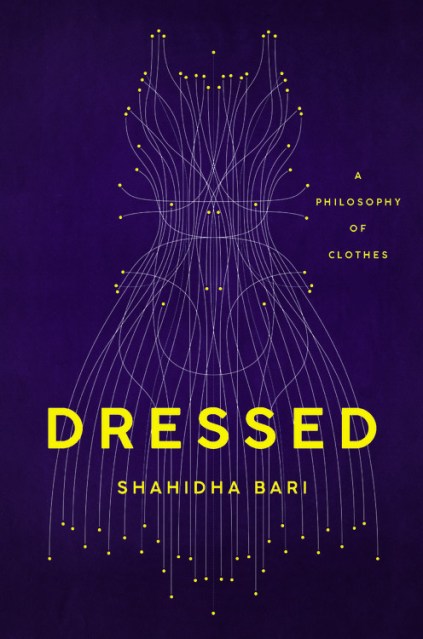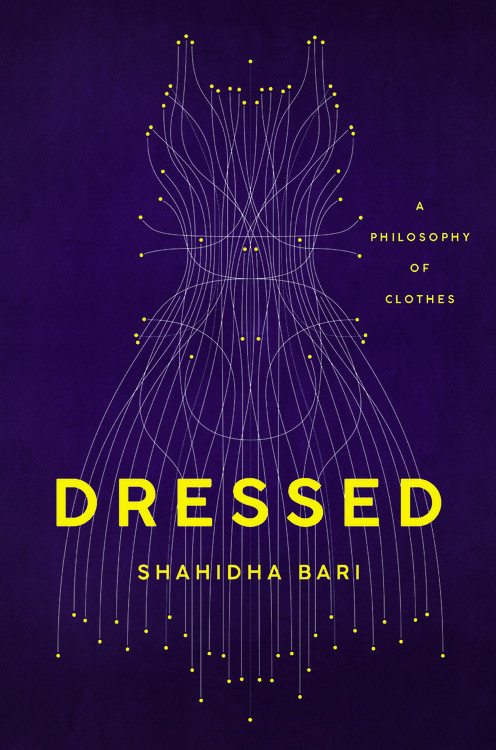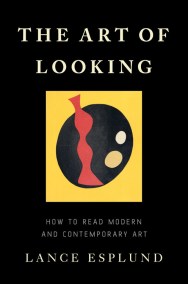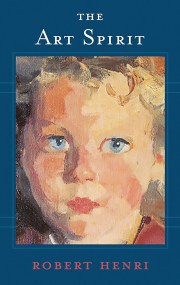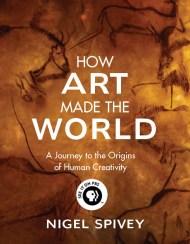By clicking “Accept,” you agree to the use of cookies and similar technologies on your device as set forth in our Cookie Policy and our Privacy Policy. Please note that certain cookies are essential for this website to function properly and do not require user consent to be deployed.
Dressed
A Philosophy of Clothes
Contributors
Formats and Prices
Price
$32.00Price
$40.00 CADFormat
Format:
- Hardcover $32.00 $40.00 CAD
- ebook $17.99 $21.99 CAD
This item is a preorder. Your payment method will be charged immediately, and the product is expected to ship on or around March 17, 2020. This date is subject to change due to shipping delays beyond our control.
Also available from:
Perfect for readers of Women in Clothes, this beautifully designed philosophical guide to fashion explores art, literature, and film to uncover the hidden meaning of a well-chosen wardrobe.
We all get dressed. But how often do we pause to think about what our clothes say? When we dress ourselves, we are presenting to the world an essence of who we are, who we want to be.
Dressed ranges freely from suits to suitcases, from Marx’s coat to Madame X’s gown. Through art and literature, film and philosophy, philosopher Shahidha Bari unveils the surprising personal implications of what we choose to wear. The impeccable cut of Cary Grant’s suit projects masculine confidence, just as Madonna’s oversized denim jacket and her armful of orange bangles loudly announces big ambition. How others dress tells us something fundamental about them — we can better understand how people live and what they think through their garments. Clothes tell our stories.
Dressed is the thinking person’s fashion book. In baring the hidden power of clothes in our culture and our daily lives, Bari reveals how our outfits not only cover our bodies but also reflect our minds.
Dressed ranges freely from suits to suitcases, from Marx’s coat to Madame X’s gown. Through art and literature, film and philosophy, philosopher Shahidha Bari unveils the surprising personal implications of what we choose to wear. The impeccable cut of Cary Grant’s suit projects masculine confidence, just as Madonna’s oversized denim jacket and her armful of orange bangles loudly announces big ambition. How others dress tells us something fundamental about them — we can better understand how people live and what they think through their garments. Clothes tell our stories.
Dressed is the thinking person’s fashion book. In baring the hidden power of clothes in our culture and our daily lives, Bari reveals how our outfits not only cover our bodies but also reflect our minds.
Genre:
-
"Shahidha Bari's investigation in to how we construct our selves, individually and collectively, is a sensual and intellectual pleasure from start to finish."Deborah Levy, author of The Cost of Living and The Man Who Saw Everything
-
"Dressed is the finest philosophy of clothes since Thomas Carlyle's Sartor Resartus in 1834. Bari's writing is limpidly clear, informed by a rich literary knowledge, theoretically and historically informed, sensuous and deeply textured, like a piece of luxurious fabric. It is also funny. But make no mistake: this is a work of philosophy. It just happens to be about clothes."Simon Critchley, author of Tragedy, the Greeks, and Us and the Hans Jonas Professor of Philosophy, The New School for Social Research
-
"Dressed is a feast of a book, a supreme example of the new kind of essay -- exploratory, reflective, full of Shahidha Bari's personal energy and her wide knowledge."Marina Warner, author of Forms of Enchantment and The Leto Bundle
-
"Clever, subtle... Although [Bari's] writing is critically informed -- Foucault, Deleuze, Cixous and Irigaray all rock up here to chat about schmutter -- her tone is insistently personal, intimate."Kathryn Hughes, The Guardian
-
"Irresistible... I put Dressed down having been dazzled by Bari's learning and insights... In the end, Dressed is an argument for taking apparently frivolous things seriously."Lucy Moore, The Literary Review
-
"Bari (Keats and Philosophy), a professor at the London College of Fashion, skillfully deconstructs the language of clothes in this philosophical examination of the items people wear...Devoted fashion students will eagerly eat up every word of Bari's well-researched and passionate work."Publishers Weekly
-
"Entertaining and wide-ranging... In the prologue and introduction alone, Ms. Bari segues from the cheongsams worn by the lead actress in the Hong Kong film "In the Mood for Love" to van Gogh's paintings of his battered shoes to Madonna's jackets... Throughout Dressed are sharp-eyed observations, suitable for reading aloud, and astute analyses of art high and low.... A turbocharged and delightful romp."Wall Street Journal
- On Sale
- Mar 17, 2020
- Page Count
- 352 pages
- Publisher
- Basic Books
- ISBN-13
- 9781541645981
Newsletter Signup
By clicking ‘Sign Up,’ I acknowledge that I have read and agree to Hachette Book Group’s Privacy Policy and Terms of Use
